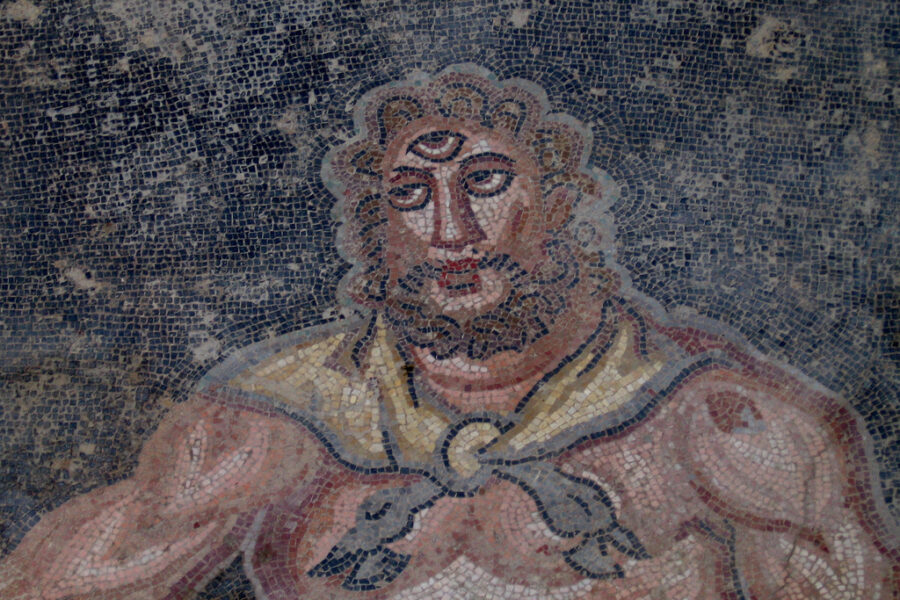
As every fan of Percy Jackson knows, the world of Ancient Greek Mythology was chock full of magical creatures and monsters. And this was super stressful for the humans involved. Nature spirits such as nymphs and satyrs lurked in every tree and forest, ready to attack or be offended by human visitors, to say nothing of Pan, a god whose unearthly shriek gives us the English word panic. Centaurs crashed weddings, a sphinx could besiege your city, and giant boars or bulls rampaged crops and countrysides. And that’s just for the peasants. As a hero, you might encounter one or more monsters, including but not limited to (switches to Star Wars scroll):…the Chimera, Cyclops, dragons, Furies, griffins, Gorgons, Harpies, Hydra, Minotaur, Scylla, sea-monsters, Sirens, and various monstrous man-killing, man-eating whirlpools, dogs, birds, lions, horses, pigs, and/or cows. But why did the real Ancient Greeks conceive of their world this way? And how do you build a society in the middle of all these perceived supernatural dangers?
CLAS-B 322 serves as an introduction to how the people of Ancient Greece and Rome conceived of their world’s supernatural monsters. The goal of the course is to provide an easily accessible gateway to the Classical World, by way of an interesting and important area of research. By studying representative works of art, artifacts, and literature, you will explore topics including:
- the identity, characters, and stories of the major supernatural creatures of Classical Mythology
- how such creatures were depicted and identified in visual arts
- ancient religious beliefs and practices around myths
- how the ancient world affects modern myth making
Most importantly, you will also learn to think critically about important questions: How did ancient Mediterranean societies conceptualize their world’s? How did such conceptions evolve and function within the specific context of the ancient Mediterranean world? What social roles did these concepts play? How did societies shape ideas of the human forces that ruled their universe, and how did these ideas shape societies? How are issues related to monsters reflected in the literature and art of both ancient societies and our modern culture?
Fun Facts:
- 5 week, 1 credit “appetizer” class
- offered online asynchronous
- can be combined with other 1 credit “appetizer” classes
- no pre-reqs
- can be applied to the Classical Studies Minor
- Want to learn still more? Try the “main course” of Classical Mythology in CLAS-C 205 Classical Mythology.
Coming Next: Fall 2025
- 2nd 5 week session (9/29/2025–11/02/2025)
- online asynchronous
- Dr. Elizabeth Thill


